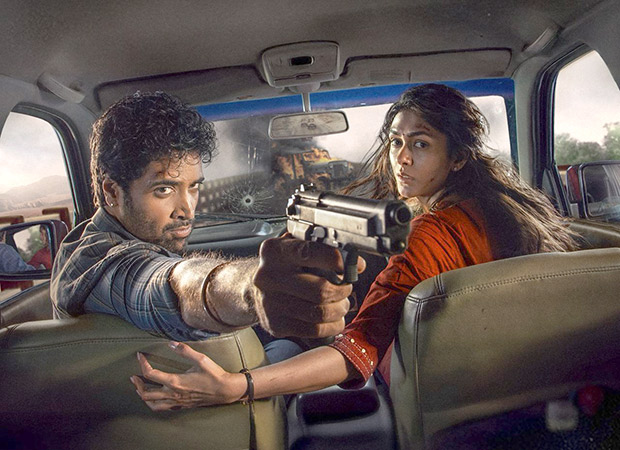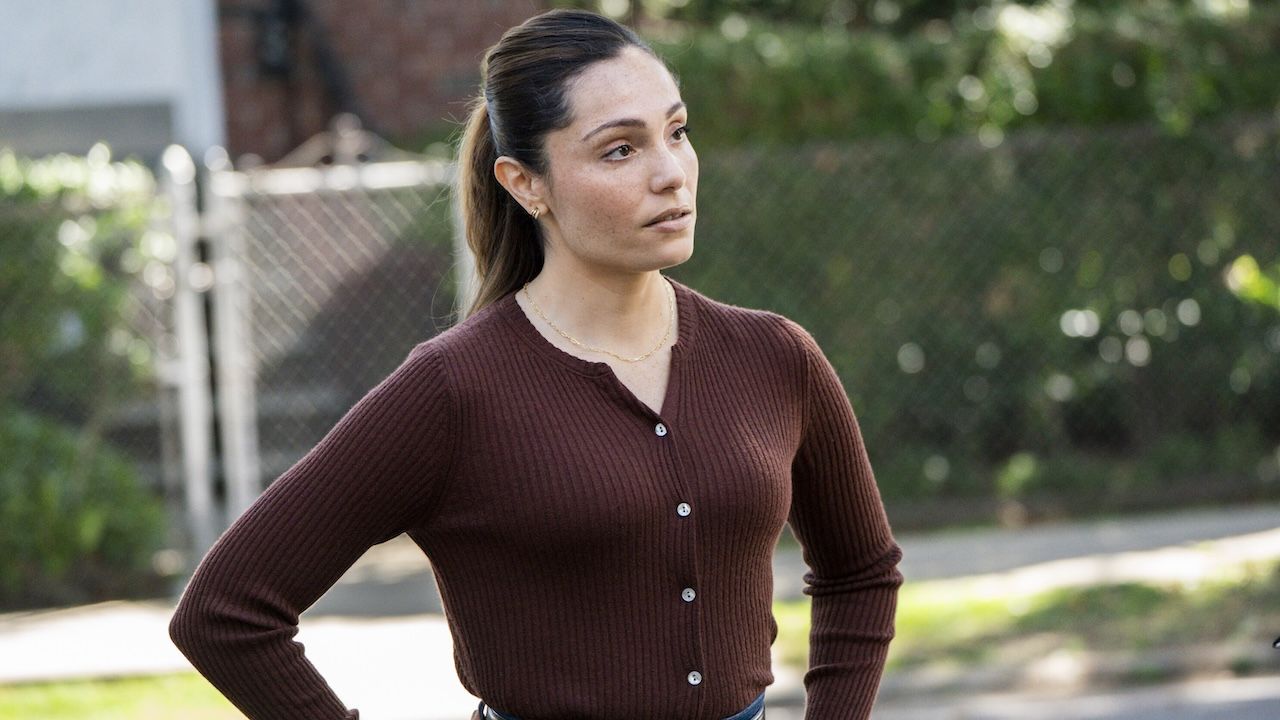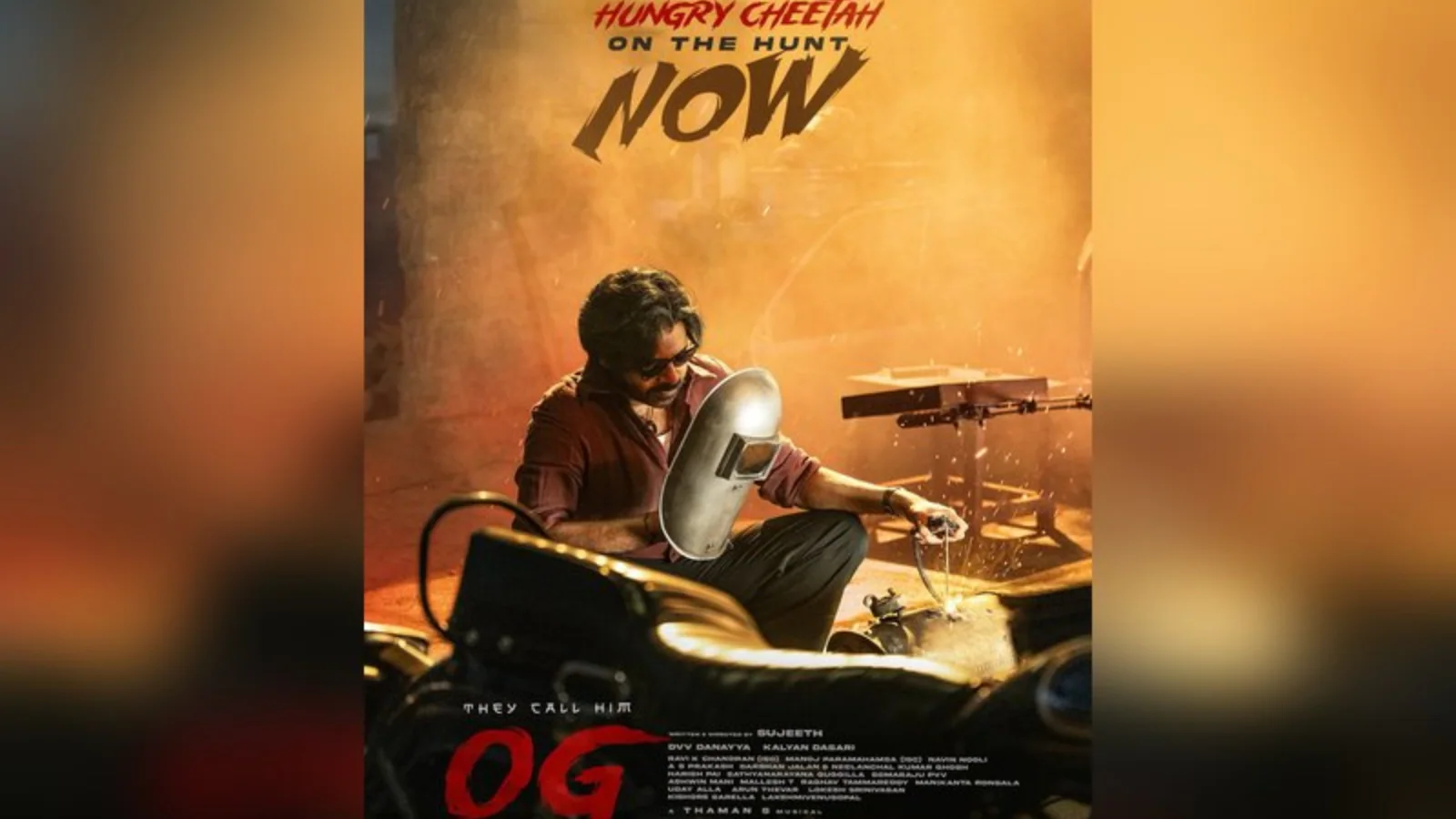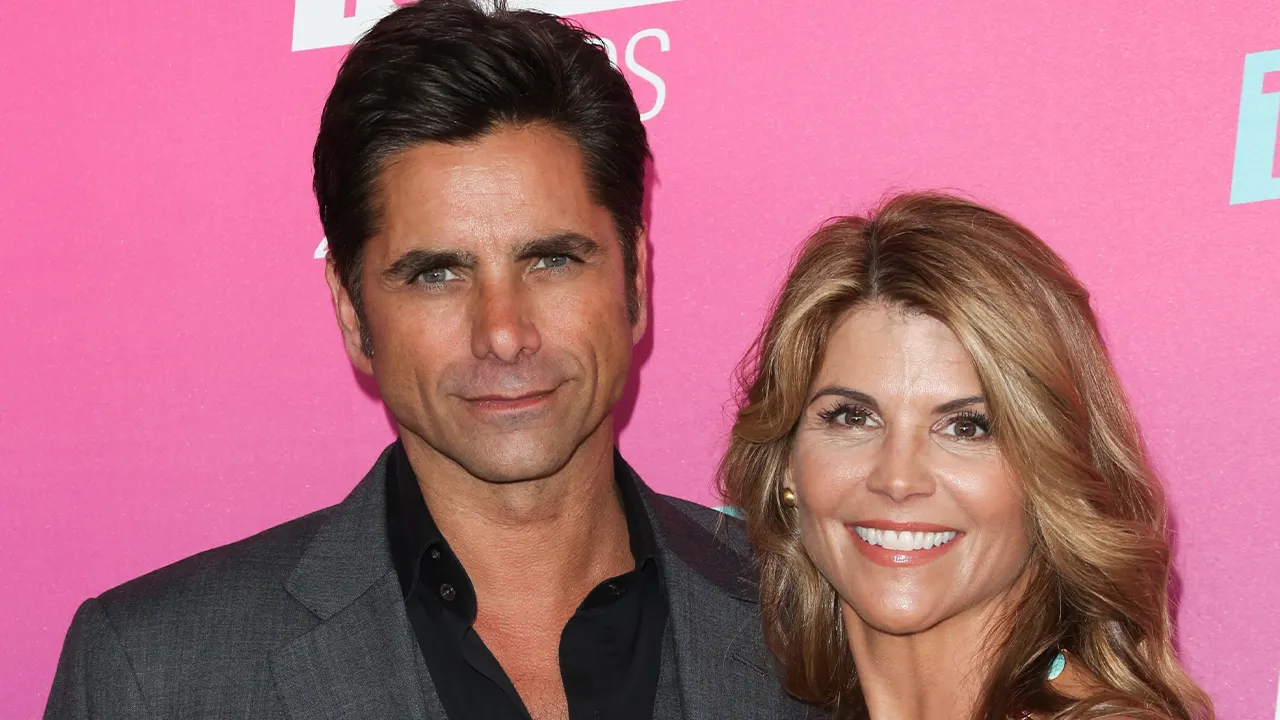Copyright shacknews

Obsidian Entertainment has built a mood with The Other Worlds series. It’s one that positions corporations, executive manipulation, and rampant consumerism as a plague that haunts humanity well into our future in space, but in dark comedic fashion. The vibe continues into The Outer Worlds 2 where those nasty old mega companies are at it again, but I’ll claim that even if you’re over the joke, The Outer Worlds 2 does a lot more than just keep telling it. It also offers a rewarding and varied space adventure that sits nicely on an upgraded foundation of solid gunplay, enjoyable characters, and unique opportunities between playstyles. Adventures of an Earth Directorate Anybody The Outer Worlds 2 picks up in another corner of Obsidian’s sci-fi future universe known as Arcadia, inhabited by the Protectorate faction that makes most of the Skip Drives powering hyperspace travel across galaxies. Players take on the role of an Earth Directorate agent, representing the best interests and justice of our home planet where applicable. Earth doesn’t want the Protectorate to have a monopoly on Skip Drives, and so it sends a small team to try to steal the research for said drives. As you might guess, things go wrong. One of your agents goes rogue and opens up a blackhole-like rift that swallows the station you’re trying to heist, flings you into space in an escape pod, and sets Arcadia on a timed path to destruction as the rift threatens to expand and eat the whole system. The Outer Worlds 2’s real quest starts 10 years after with your body being recovered and sent on a new mission to track down and kill the agent that went rogue. Along the way, you learn that the corporations from the first game, Spacer’s Choice and Auntie Cleo’s, have merged, with the latter absorbing the former and rebranding as Auntie’s Choice. That growth also gives Auntie the sheer resources to barge into Arcadia and start a war with the Protectorate for its Skip Drive tech. Amid your hunt for an agent threatening to destroy the entire system, you have to navigate the Protectorate/corporate war, as well as other factions in play along the periphery. I like The Outer Worlds 2’s story. The first game’s overarching vibe leaned hard into capitalist and corporate spoof, with several companies acting as most of the backdrop and moral compass to the game despite all of them being bad in some way or another. With Auntie’s Choice and the Protectorate, it feels a bit different. They’re also both bad and insanely undervaluing of individual rights, but where Auntie’s Choice is about consumerism, the Protectorate is a downright fascist oligarchy. Both of Auntie’s Choice and the Protectorate are easy to hate, but there are so many notable individuals within them that genuinely come across as not ever being given another option that it’s kind of easy to forget they’re brainwashed weirdos trying to get a headpat and move up their respective chains while also staying alive. The presence of the extraneous factions that also operate alongside them also provides the player with actual causes to root for when navigating the stories and quests of the game. The major factions even have radio stations of their own, each with different music and responses to your actions throughout the game. Quite a ride ahead of us I can’t think of many places the mood of opposing sides are on display more than in the companions of the game. There are six this time around and they each represent most of the major factions you’ll work with or against. You would think that having an Auntie’s Choice soldier like Inez or a Protectorate Arbiter like Tristan would be annoying, but each of these characters has a good level of depth to them that makes them well worth mashing together, if even just to see how they react to your decisions and each other. I loved squading up with those two companions, for instance, because they would be enemies anywhere else and making them work together leads to some interesting moments inside and outside of active quests. Even so, all of them are well worth exploring. What’s more, these characters and their factions take you to a very diverse collection of places. The Outer Worlds 2 improves on its predecessor by giving the player much more space to explore and far more to discover within it. The Outer Worlds 2 once again features a variety of planets, stations, and other hot spots you’ll go to as the story progresses, but several worlds have expansive maps. You start on Paradise Island as kind of an introduction to it all, but even after you’ve unraveled everything there, the game just throws another new map even bigger than Paradise Island at you to explore as you continue through leg after leg of The Outer Worlds 2. They’re also gorgeous and are filled to the brim with secrets and side quests to discover. Overall, it just feels like a more enticing series of maps to explore than the first. I will say, however, that The Outer Worlds 2 leans on a few things a little too much. If you got bored of the corporate satire in the first game, it doesn’t really lighten up here. Moreover, planets utilize a lot of the same foes. There are a decent number of threats in the game overall, but on planets, you’d generally run into one or two kinds of creatures all of the time with just a little variation in their style. Encountering a Mantisaur for the first time is novel. Encountering a mess of them for the 15th time is a little less so. In space, nobody will hear me stab you The RPG systems from the original Outer Worlds have also returned intact and improved in the sequel. The Outer Worlds 2’s trappings and choices are fascinating. It’s almost impossible to cheese your way to enjoying every option this game has to offer in one playthrough. You choose two skills at the beginning as your specialties, such as Guns, Lockpicking, Melee, Speech, and Hacking, but you can also put points into a couple more “minor” skills to make yourself more well-rounded. I took Observation, Lockpicking, Guns, and Sneaking, a Lucky trait that randomly provided me silly skill checks, and an Ex-Convict background that occasionally provided me with another option in dialogue. All of these things made my character fun as heck to play in combat, stealth, and social situations, but it also cut me off from a lot of choices I was teased with regularly. Medical check? Pass. Need Brawny to pry open a broken door? I didn’t have it. And unlike many other games like this, you can’t use your companions’ talents to fill in the gaps, so those kinds of checks were left by the wayside for another playthrough I’d happily go through. The game also does good job of remembering your decisions. Better than most I'd say. Often, in other games, you'll see one or a few pivotal decisions that paint your path forward. In The Outer Worlds 2, many of your decisions lead up to layered reactions you'll see from most of the game. It wasn't out of the ordinary for characters to bring up things I did much earlier in a relevant conversation that painted my choices and options later. It's impressive how many things, big and small, matter down the line. Most of the core facets were fun to play as well. I liked the gunplay and customization of weaponry in The Other Worlds 2. Discovering a new weapon and modding it to my liking was a regular occurrence, but there are also all sorts of unique weapons with special perks, such as the Death Sentence rifle that put a countdown on an enemy when I hit a weakpoint shot that would damage them again heavily after the counter hit zero. The Tactical Time Dilation system also returns from the first game to slow things down and let you pick out easy shots. Other new gadgets let you have a temporary shield, see enemies and electronics through walls, and even melt corpses if you don’t want a body found. As a professional sneak, I really liked melting my victims into green goop their friends wouldn’t recognize. The Outer Worlds 2’s improvements are impressive, but it still has that typical level of open world jank that often plagues games like these. Stealth was often quirky with scripted occurrences alerting all surrounding enemies to you whether I was hiding or not. It also just feels like every enemy in a wide radius finds out about me if one does, which is annoying. Add to that some very silly NPC AI that would run between cover nonsensically or just weird out altogether on some bad pathing (including my close-range companions often running into constant death) and these are definitely meat bags that are just fun to hit with any kind of offense you want. I also experienced a variety of little bugs, such as a companion having a dialogue marker over their head that got bugged out and never went away. Even if they are little things, there are enough of them to regularly remind a player that The Outer Worlds 2 is by no means perfect. Come fly with me Despite a few qualms here and there, The Other Worlds 2 provides another solid sci-fi RPG experience from Obsidian Entertainment. It probably won’t win over folks who are tired of its corporate comedy act, but those who enjoyed the first will find that most of what they liked is improved in the second. The factional tug-of-war in The Outer Worlds 2 is fun to explore, and the companions you bring with you on the way make the adventure that much more engaging. More than that, this is an exciting adventure you can’t possible explore all of in one go, and whether you make the first one count or go back for another run down an untaken path, The Outer Worlds 2 will provide you with plenty of rewarding experiences for your trouble. This review is based on a PlayStation 5 digital copy supplied by the publisher. The Outer Worlds 2 comes out on October 29, 2025, on PS5, Xbox Series X/S, and PC.



